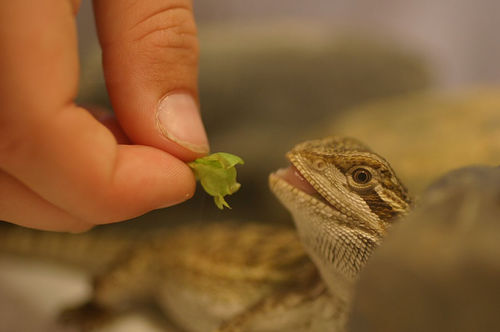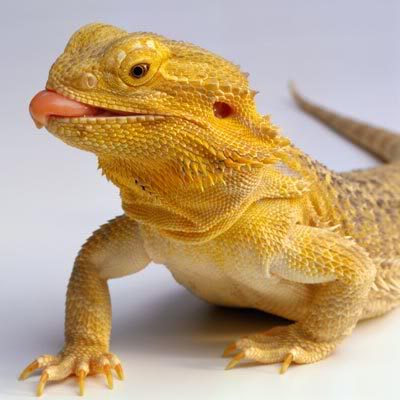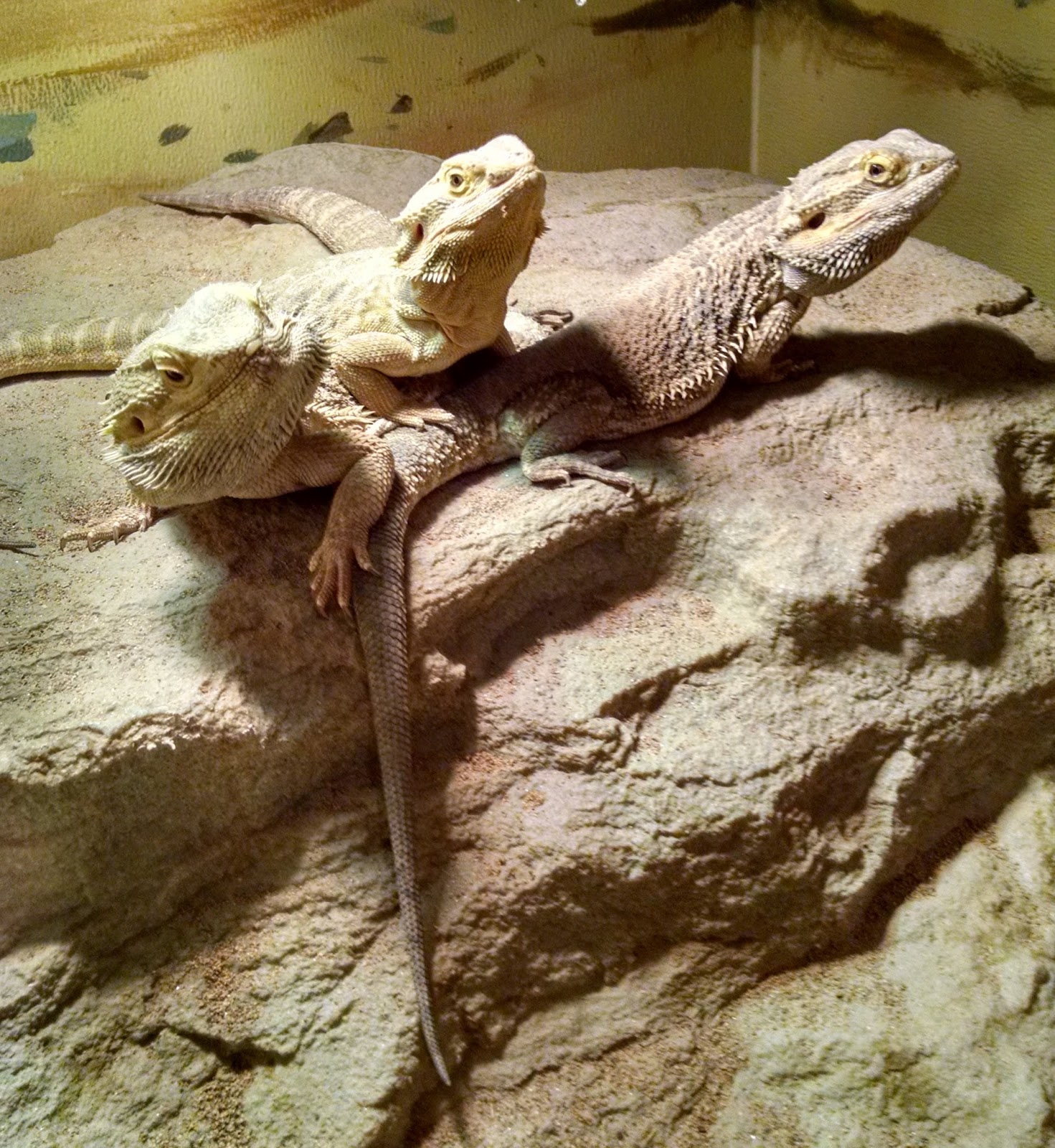The Fascinating Dark Grey Bearded Dragon: A Complete Guide for Beginners
Introduction
If you’re looking for a unique and fascinating pet, a dark grey bearded dragon might be the perfect fit for you. These gentle and curious creatures make great pets for beginners and experienced reptile owners alike. In this complete guide, we’ll cover everything you need to know to get started with your new pet, from their habitat and diet to their behavior and care.
What is a Dark Grey Bearded Dragon?

Bearded dragons are a type of lizard native to Australia. They get their name from the spines under their chin that resemble a beard. While bearded dragons come in a range of colors, dark grey bearded dragons are particularly striking due to their unique coloration. Their scales are a mix of grey, black, and brown, with darker stripes or patches of color along their backs and tails.
Habitat and Environment
To keep your dark grey bearded dragon healthy and happy, it’s essential to provide them with the right habitat and environment. Bearded dragons are semi-arboreal, meaning they like to spend time climbing as well as basking in the sun. A large, well-ventilated terrarium or tank is the ideal habitat for your bearded dragon. For one adult bearded dragon, you should provide at least a 40-gallon tank. Provide a basking area with a heat lamp or ceramic heater, and a UVB light to provide the necessary light spectrum for your dragon.

Bearded dragons are also desert creatures, so their environment should be hot and dry. The temperature in their tank should be around 95-100F during the day and can drop to around 70F at night. Be sure to provide a shallow water dish for your bearded dragon, but don’t keep the water level too high, as bearded dragons are not good swimmers and can drown.
Diet and Feeding
Bearded dragons are omnivores, meaning they eat both plants and animals. In the wild, they mostly eat insects and vegetation. In captivity, you can feed your bearded dragon a mixture of insects and vegetables. Crickets, dubia roaches, and mealworms are good sources of protein, while dark leafy greens like kale, collard greens, and dandelion greens provide vitamins and minerals.

Adult bearded dragons should be fed once a day, while juveniles should be fed two to three times a day. Don’t overfeed your bearded dragon, as obesity can lead to health problems.
Behavior and Temperament
One of the reasons that bearded dragons make great pets is their gentle nature. While they may not be as affectionate as a dog or cat, bearded dragons enjoy being handled and are usually friendly and curious. Bearded dragons can recognize their owners and may even enjoy sitting on your lap for cuddles. They’re also social animals and can be kept with other bearded dragons as long as they have enough space.

One thing to keep in mind is that bearded dragons are diurnal, meaning they are active during the day and sleep at night. They’re also solitary animals in the wild, so giving your bearded dragon their own space to retreat to is important.
Health and Care
To keep your dark grey bearded dragon healthy, you’ll need to provide them with the proper care. This includes maintaining their habitat and feeding them a well-balanced diet. It’s also important to keep an eye out for signs of illness, such as lethargy, loss of appetite, or changes in behavior.

In terms of grooming, bearded dragons don’t require much upkeep, beyond keeping their habitat clean and dry. They may shed their skin from time to time, so providing a shallow water dish and a rough surface for them to rub against can help with the shedding process.
Conclusion
Bearded dragons are fascinating and rewarding pets to have. As a beginner, a dark grey bearded dragon can be a great choice, as they’re easy to care for and have a unique appearance. With the proper habitat, diet, and care, your bearded dragon can live a long and healthy life. We hope this guide has provided you with all the information you need to get started with your new pet!
